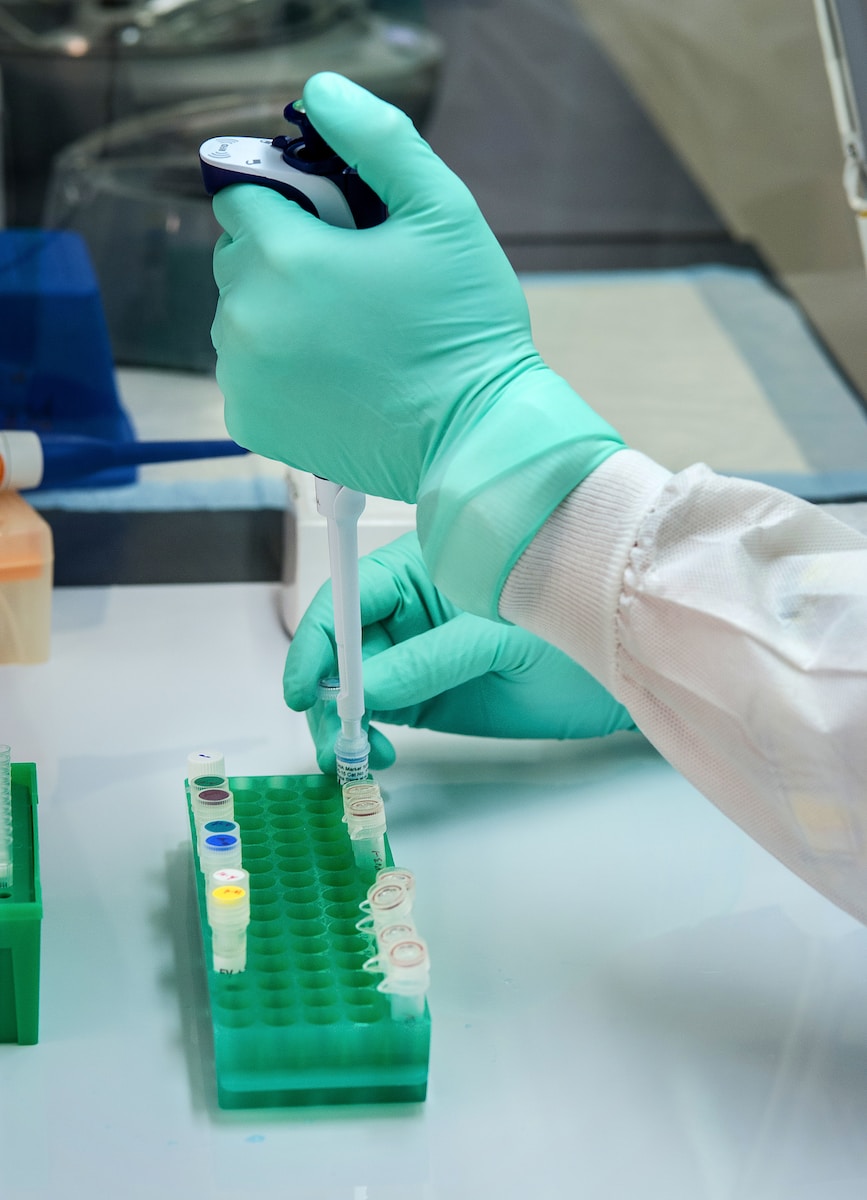Stem cell treatments have gained significant attention as possible breakthroughs for various medical conditions. Although stem cell therapies offer great promise in regenerative medicine, it’s crucial that patients and healthcare practitioners alike understand what constitutes stem cell therapy and its regenerative potential.
By exploring stem cells’ uses and understanding their application across therapies such as physical rehabilitation or rehabilitation programs, you can gain more insight into why stem cells hold so much promise for those living with chronic health conditions or degenerative diseases. By delving deeper into stem cells’ history while uncovering current applications, exploring stem cells provides clarity into why stem cells have become such an incredible breakthrough within healthcare settings worldwide.
Reader's Roadmap
Overview of stem cell treatment
Stem cell therapy is an innovative new medical approach with enormous potential to revolutionize how doctors treat disease and injury. Stem cells are special types of cells that uniquely differentiate into various cell types in response to their environment, making them powerful tools in regenerative medicine, where they can repair damaged tissues or organs through regeneration therapy.
Stem cell treatments involve harvesting these cells from various sources before applying them directly towards healing and recovery in a patient’s body. Even at this early stage, it shows immense promise as medicine’s future.
Different types of stem cells
Advances in stem cell research have demonstrated great promise for treating various medical conditions. Various stem cells such as embryonic, adult, and induced pluripotent stem cells, are employed in these treatments.
Embryonic stem cells can be taken from embryos during their blastocyst stage of development, while adult stem cells can be found in tissues like bone marrow and adipose tissue. Furthermore, inducible pluripotent stem cells can be made by genetically reprogramming adult cells so they gain pluripotency capabilities.
Each type of stem cell possesses unique properties and restrictions that make them better suited for specific applications than others. By understanding and exploiting these differences, researchers can continue improving stem cell treatments, potentially revolutionizing modern medicine.
Potential applications and benefits
Stem cell treatment has rapidly gained in popularity within the medical world and for a good reason. Its applications and potential benefits span far and wide. Stem cells possessing regeneration abilities can repair damaged cells and tissues to provide hope to those suffering from various illnesses or injuries, revolutionizing healthcare by offering targeted therapies or cures that once seemed insurmountable. With ongoing research and development, stem cell treatments offer limitless opportunities both to medical professionals and patients.
Locating a stem cell treatment centre
When selecting a stem cell treatment centre, it’s crucial that you conduct thorough research. Take time to assess the qualifications and experience of the clinic’s medical professionals and their approach to stem cell therapy, including any safety protocols, patient recruitment processes, or any other details which might help inform your decision. Also, take note of their overall reputation in the field and feedback from former patients. Doing your due diligence can ensure you receive quality care.
Conclusion
Stem cell treatments have quickly emerged as an integral component of modern healthcare, promising to revolutionize modern medicine. Regenerative therapy offered through stem cell treatments provides hope to those with chronic illnesses or injuries and is invaluable in aiding patients to reach optimal health. With proper research support available, this may become an invaluable source of relief and hope for those seeking relief and hope from medical conditions or injuries that affect them.







Leave a Reply
View Comments